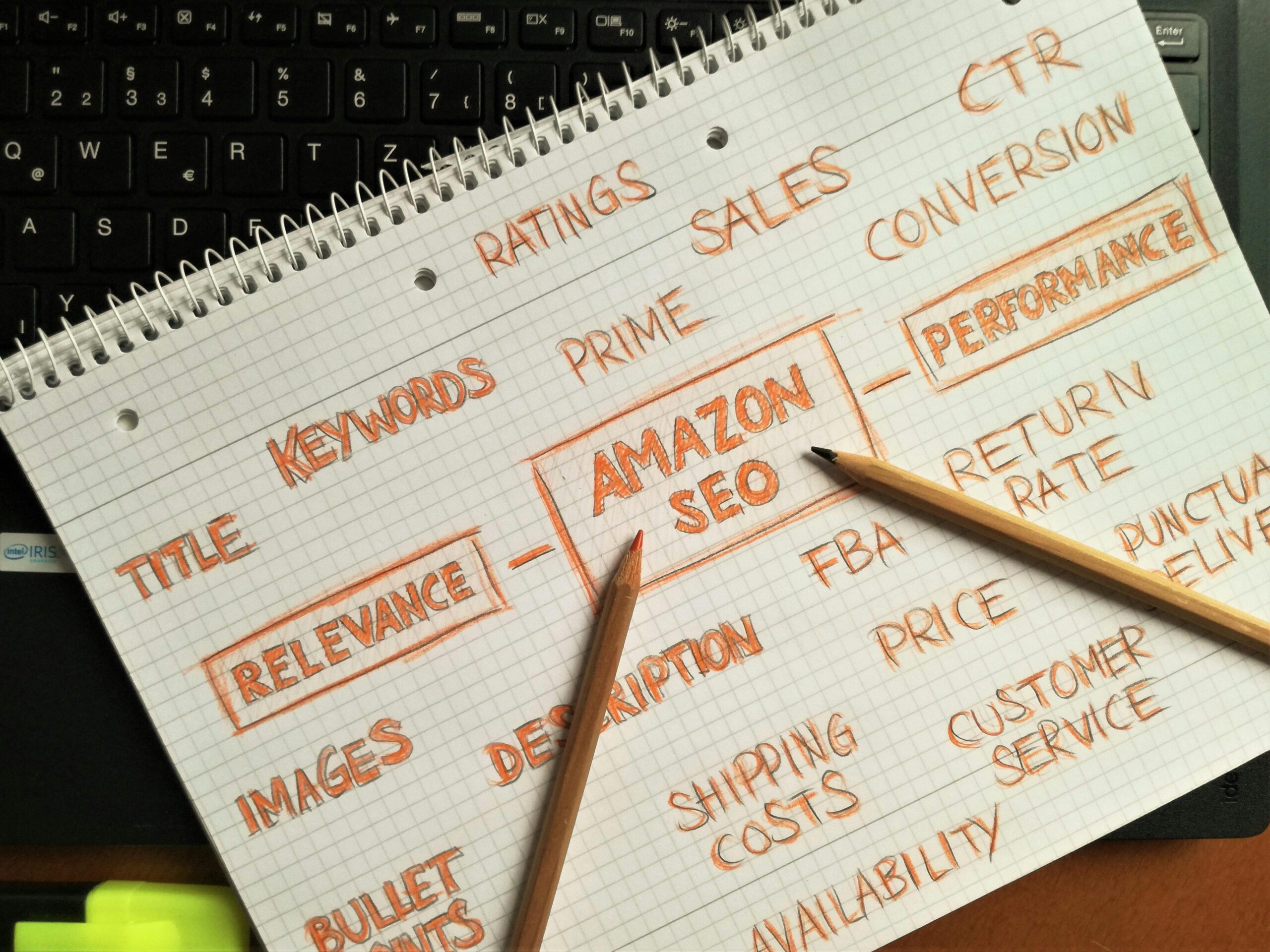36 Results in the "Self-Publishing" category
-

On KDP, crafting a captivating book is the foundation, strategic category selection can significantly boost your discoverability and ranking potential. In this comprehensive guide, we’ll dive deep into the art of optimizing your book’s categories, unlocking the secrets to reaching a wider audience and maximizing your success on Amazon. Why Categories Matter Amazon’s category system is a powerful tool that helps readers discover books…
-

In the vast sea of books available on Amazon KDP, effective keyword selection can make or break your book’s discoverability. In this comprehensive guide, we’ll dive deep into the world of Amazon KDP keywords and provide you with actionable tips and strategies to help your book gain better visibility. Understanding Amazon KDP Keywords Amazon KDP allows authors to input up to seven keywords or…
-

Pricing your book on Amazon Kindle Direct Publishing (KDP) is a crucial decision that can significantly impact your book’s success. With millions of books available on Amazon, finding the right price point can help your book stand out, attract readers, and maximize your royalties. In this comprehensive guide, we’ll explore various strategies and factors to consider when pricing your book on Amazon KDP. Understanding…
-

Creating an attention-grabbing book cover is crucial for authors publishing on Amazon’s Kindle Direct Publishing (KDP) platform. A well-designed cover can be the deciding factor that entices potential readers to explore your book further. In this comprehensive article, we’ll delve into essential tips and best practices for designing an eye-catching Amazon KDP cover that stands out in a crowded marketplace. Why Book Covers Matter…
-

Marketing your book on Amazon’s Kindle Direct Publishing (KDP) platform is essential for attracting readers and boosting sales. With millions of books available on Amazon, it’s crucial to implement effective strategies to make your book stand out. In this comprehensive guide, we’ll explore various techniques and best practices to help you market your book successfully on Amazon KDP. Optimizing Your Book Listing Your book’s…
-

Are you an author looking to increase your book sales and reach a wider audience? Amazon’s KDP Select program might be just what you need. In this comprehensive article, we’ll dive deep into the world of KDP Select, exploring its features, benefits, and potential drawbacks. We’ll also provide tips and strategies to help you make the most out of this program and boost your…
-

Writing an effective book description is crucial for capturing the attention of potential readers and driving sales on Amazon’s Kindle Direct Publishing (KDP) platform. A well-crafted description can make the difference between a book that flies off the virtual shelves and one that gets lost in the vast ocean of titles. In this comprehensive guide, we’ll explore proven best practices to help you craft…
-

Amazon Kindle Direct Publishing (KDP) is a powerful platform that allows authors and publishers to self-publish their books in digital formats. However, to ensure a professional and consistent reading experience for customers, Amazon has set specific formatting guidelines that authors must follow. In this article, we’ll dive deep into the Amazon KDP formatting guidelines, providing you with a detailed understanding of the requirements and…
- 1 2 … 5 Next
